Samsung washing machine does not drain water well
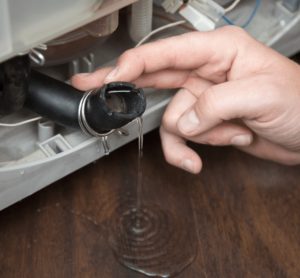 If the Samsung washing machine does not drain water well, then the planned wash is unlikely to continue. Draining that is too slow or has stopped completely is a serious problem that requires immediate attention. Despite the scale of the problem, you can solve the issue yourself and at home. We suggest that you do not hesitate and start diagnosing, following the step-by-step instructions.
If the Samsung washing machine does not drain water well, then the planned wash is unlikely to continue. Draining that is too slow or has stopped completely is a serious problem that requires immediate attention. Despite the scale of the problem, you can solve the issue yourself and at home. We suggest that you do not hesitate and start diagnosing, following the step-by-step instructions.
Why is draining difficult?
Draining becomes difficult for certain reasons. Some of them are simple and easy to fix, others are large-scale and require a lot of effort and additional investment. Therefore, before any repair operations, we carry out initial diagnostics and localize the fault.
The following breakdowns cause the drain to stop or slow down.
- Dust filter clogged. The plastic spiral of the “trash bin” is the first obstacle that encounters water on the way from the washing machine drum to the sewer. This is where most of the dirt and debris settles: keys, coins, paper remaining in the items being washed, as well as stuck hair and torn buttons. If the filter has not been cleaned for a long time, the hole becomes completely clogged and the equipment stops draining the waste liquid. It’s easy to avoid trouble - you need to regularly carry out preventive cleaning.
- Drain hose clogged. This is caused by too thick a layer of scale and soap on the walls of the corrugation. Often the hose is squeezing and squeezing when moving equipment to a new location.
- Pump failure. The “heart” of the drainage system is the pump, which forces water to be removed from the drum and flow through the pipes, first into the hose, and then into the sewer.If the pump fails, the liquid remains static. Factors that lead to malfunctions include manufacturing defects, worn-out parts, and blocking of the impeller (hair or threads are often wound around the blades). The problem is resolved by checking the entire assembly one by one, starting with the impeller and debris filter.

- Control board failure. The drum does not empty if the control module, due to burnt-out microcircuits or a system failure, cannot transmit a signal to the pump to start draining. The solution is to repair or replace the electronic unit.
- Failure of the pressure switch. Often the level sensor malfunctions and does not display data on the fullness of the drum. In this case, the board does not receive a signal about the need to drain and does not start the pump.
- Incorrect hose installation. In order for the water to “leave” from the machine without problems, it is necessary to properly attach the drain hose to the washing machine. If the standards are not followed, a “siphon effect” may occur when, due to the air cushion, the liquid cannot leave the drum, despite the efforts of the pump. The length of the hose is also important: if the recommended size of 1.5 m is exceeded, difficulties arise with complete pumping.
- Faulty wiring. Sometimes improper installation of the machine prevents draining. For example, when placing the washing machine on an uneven surface, strong vibrations occur, which damage the internal electrical wiring. In this case, specialist intervention is necessary.
As a rule, most problems can be corrected on the spot by lifting the hose or cleaning the drain filter. But in any case, you first need to empty the washing machine tank. Our step-by-step instructions will help.
How to remove water from the tank?
If the water does not drain from the drum automatically, you will have to do it yourself. On Samsung machines, the procedure for forced (emergency) draining does not differ from the standard one. The instructions on what to do are as follows.
- Find a technical hatch in the lower right part of the machine body.
- Bend the door, place a container under the hole and unscrew the “trash can”.
- Tilt the equipment forward and hold it until all the water has drained from the machine.
Emergency drainage in Samsung washing machines is carried out through the hole in the garbage filter.
If the water does not drain, then you need to first clean the pipes connected to the filter. It is possible that the hoses could become dirty. When this method does not help, you will have to lower the hose into the drum and pump out the liquid with a third-party pump.
Is DIY repair justified?
Before attempting to fix the problem on your own, you should assess the possibilities and extent of the failure. Almost any owner of a Samsung washing machine can clean the garbage filter and adjust the hose; many can handle replacing and repairing the pump and impeller, but only professional repairmen are required to diagnose the control board and wiring. Remember that modern washing machines have complex software that can be easily damaged by careless intervention.
When repairing a Samsung washing machine, remember safety precautions: disconnect the machine from the network and water supply!
It’s better not to take risks or experiment, and at the first sign of a breakdown, contact a Samsung service center for advice.. It is forbidden to open the case and carry out repairs if the washing machine is under warranty or under voltage.
Interesting:
Reader comments
- Share your opinion - leave a comment

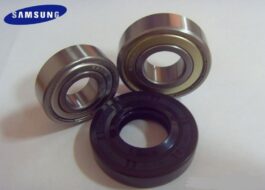
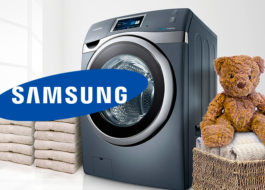
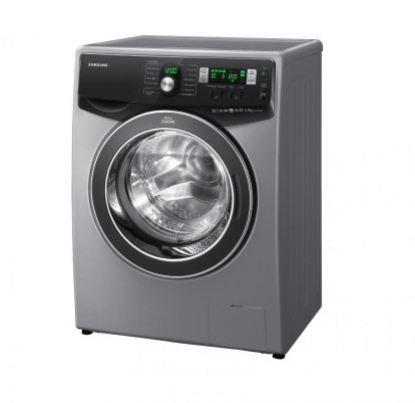
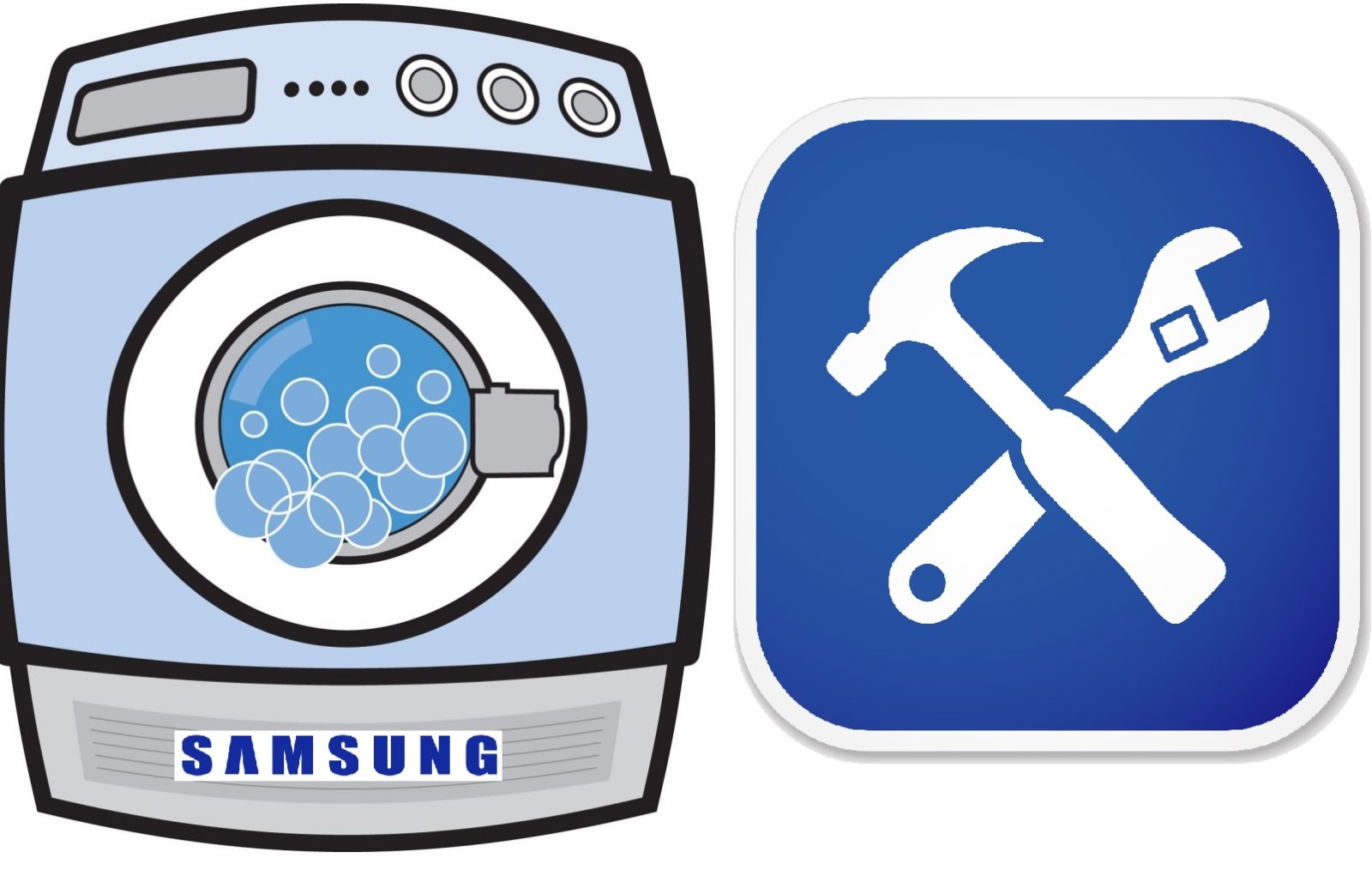

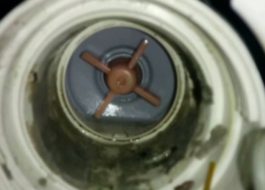














Add a comment